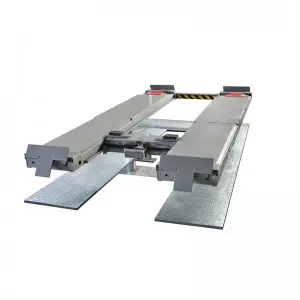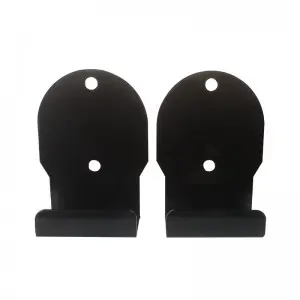
The Advantages and Disadvantages of Using an Inground Lift for Your Garage
An inground lift is an essential tool for any automotive enthusiast or professional mechanic. This specialized piece of equipment provides a convenient and safe way to lift vehicles for maintenance, repairs, and inspections. While there are various types of lifts available on the market, the inground lift has gained popularity due to its space-saving design and seamless integration with the garage floor. However, as with any equipment, there are both advantages and disadvantages to consider before investing in an inground lift for your garage.
One of the significant advantages of using an inground lift is its ability to save space. Unlike traditional above-ground lifts that take up precious floor space, an inground lift is installed directly into the garage floor. This integration preserves the open area in your garage, allowing for easy maneuverability and giving you the freedom to utilize the space for other purposes when the lift is not in use.
Additionally, an inground lift provides a superior level of stability and balance. With its solid foundation, it offers a more secure lifting experience compared to other lift types. As it lifts vehicles using hydraulic power, it ensures that the vehicle remains steady and doesn’t wobble or sway during work. This stability is crucial for delicate tasks like engine repairs, suspension work, or precision wheel alignment, as it enhances safety and reduces the chances of accidents.

The Advantages and Disadvantages of Using an Inground Lift for Your Garage
Another advantage of an inground lift is its durability and longevity. Since it is installed below the garage floor, it is protected from the elements and is less prone to wear and tear caused by exposure to weather conditions. This protection can significantly extend the lifespan of the lift, allowing you to get more value out of your investment in the long run.
However, it’s essential to consider the disadvantages of an inground lift as well. One of the primary concerns is the installation process. Installing an inground lift requires a significant investment in terms of time, effort, and money. The garage floor needs to be dug out and reinforced to accommodate the lift. Additionally, professional installation by experts is crucial to ensure its proper functioning and to adhere to safety codes.
Moreover, an inground lift may not be suitable for every garage or property. Homes in areas with a high water table or soil conditions that are not stable may face challenges when installing an inground lift. It is important to assess the feasibility of installation, considering factors such as the depth of groundwater and soil composition.

The Advantages and Disadvantages of Using an Inground Lift for Your Garage
Maintenance of an inground lift is also slightly more complex compared to other lift types. Periodic inspections, lubrication, and regular cleaning are necessary to ensure its optimal performance. Furthermore, any repairs or replacements may involve excavation of the garage floor, which can be time-consuming and may incur additional costs.
In conclusion, an inground lift offers numerous advantages, including space-saving capabilities, stability, and durability. However, its installation process, potential site limitations, and the maintenance requirements should be carefully evaluated before making a decision. Assessing the suitability and feasibility of an inground lift for your specific needs is essential to ensure a safe and efficient lifting experience in your garage.Inground lift
